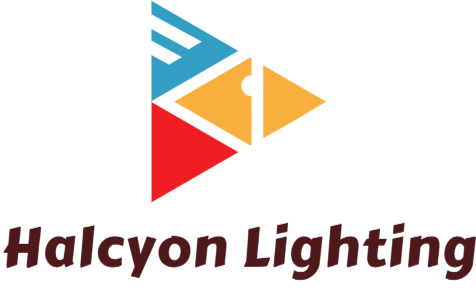Introduction
Technology has rapidly advanced over the years, and with it, the role of light has become increasingly important. We often take light for granted as a source of illumination, but it can do so much more than just brighten up our surroundings. From improving our health to enhancing our productivity, light has a significant impact on our daily lives. In this article, we will explore the benefits of using light with technology.
Harnessing the Power of Light
Light is a form of energy that can be used in many ways. LEDs, or light-emitting diodes, are a prime example of how light can be harnessed to create products that enhance our lives. LED lights are incredibly energy-efficient and environmentally friendly; they have replaced traditional incandescent bulbs, which are less efficient and more fragile. LEDs can be used in a wide range of devices, from smartphones to televisions, and they have revolutionized the way we consume technology.
Health Benefits of Light
Light affects our circadian rhythms, which are the natural cycles that govern our sleep and wakefulness. Using light in the right way can help optimize our sleep patterns and improve our overall health. Many devices now come with blue light filters that reduce the amount of blue light emitted, as it can interfere with our natural sleep patterns. This is particularly important for those who use technology right before bed, as blue light can disrupt the body’s natural production of melatonin, a hormone that regulates sleep.
Light and Productivity
Light has a significant impact on our productivity levels. The right lighting conditions can make a difference in our ability to concentrate and stay focused. Many modern offices now incorporate natural lighting through the use of large windows and skylights, which reduces the need for artificial lighting. This has been shown to have a positive impact on employee well-being and productivity.
Environmental Benefits of Light
As previously mentioned, LED lights are much more energy-efficient than traditional bulbs. In addition to consuming less energy, they also last much longer, which reduces the amount of waste produced by discarded bulbs. LED lights are also less fragile than traditional bulbs, reducing the risk of mercury contamination from broken bulbs. By using energy-efficient LED lighting, we can reduce our carbon footprint and contribute to a more sustainable future.
